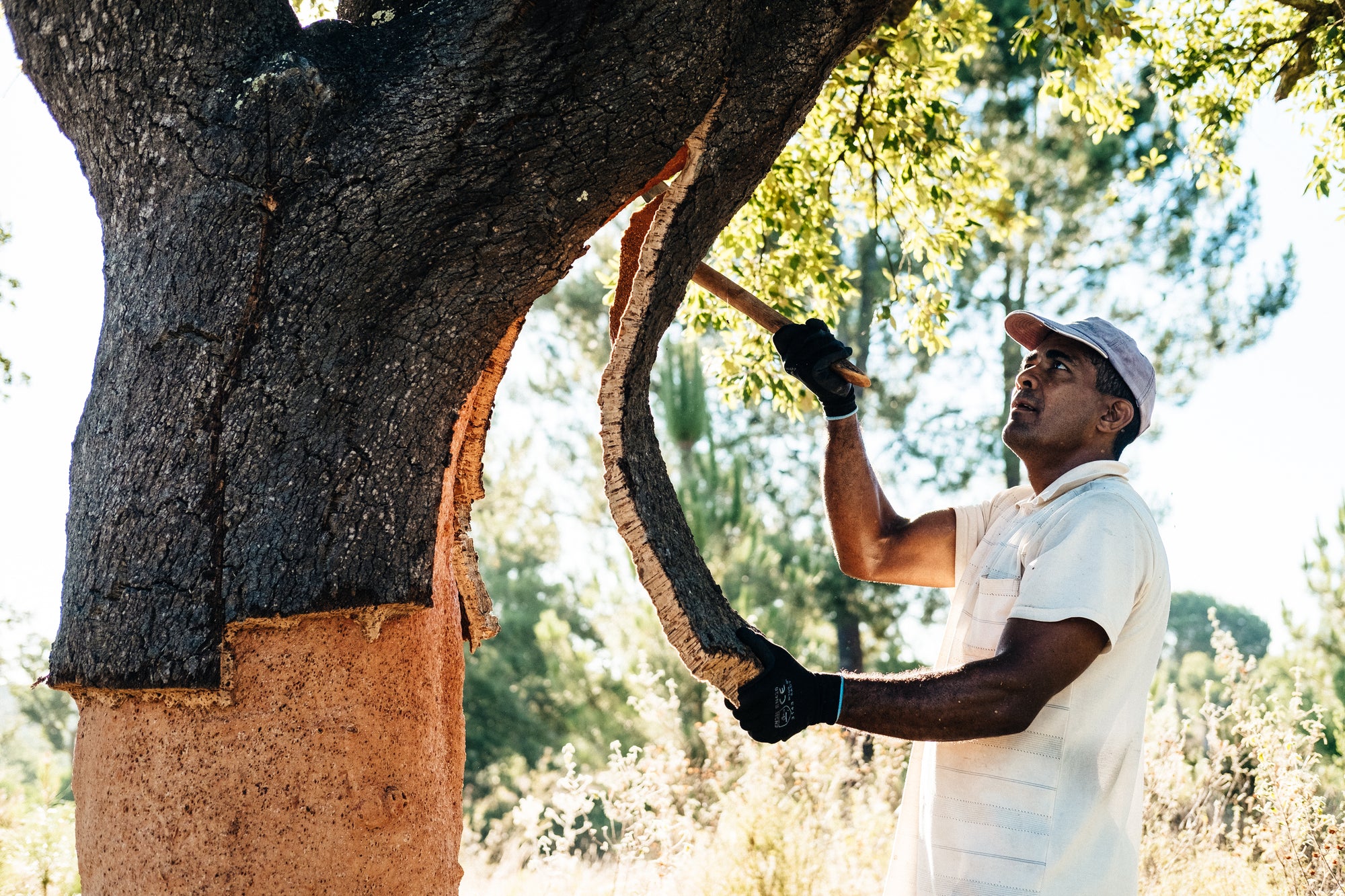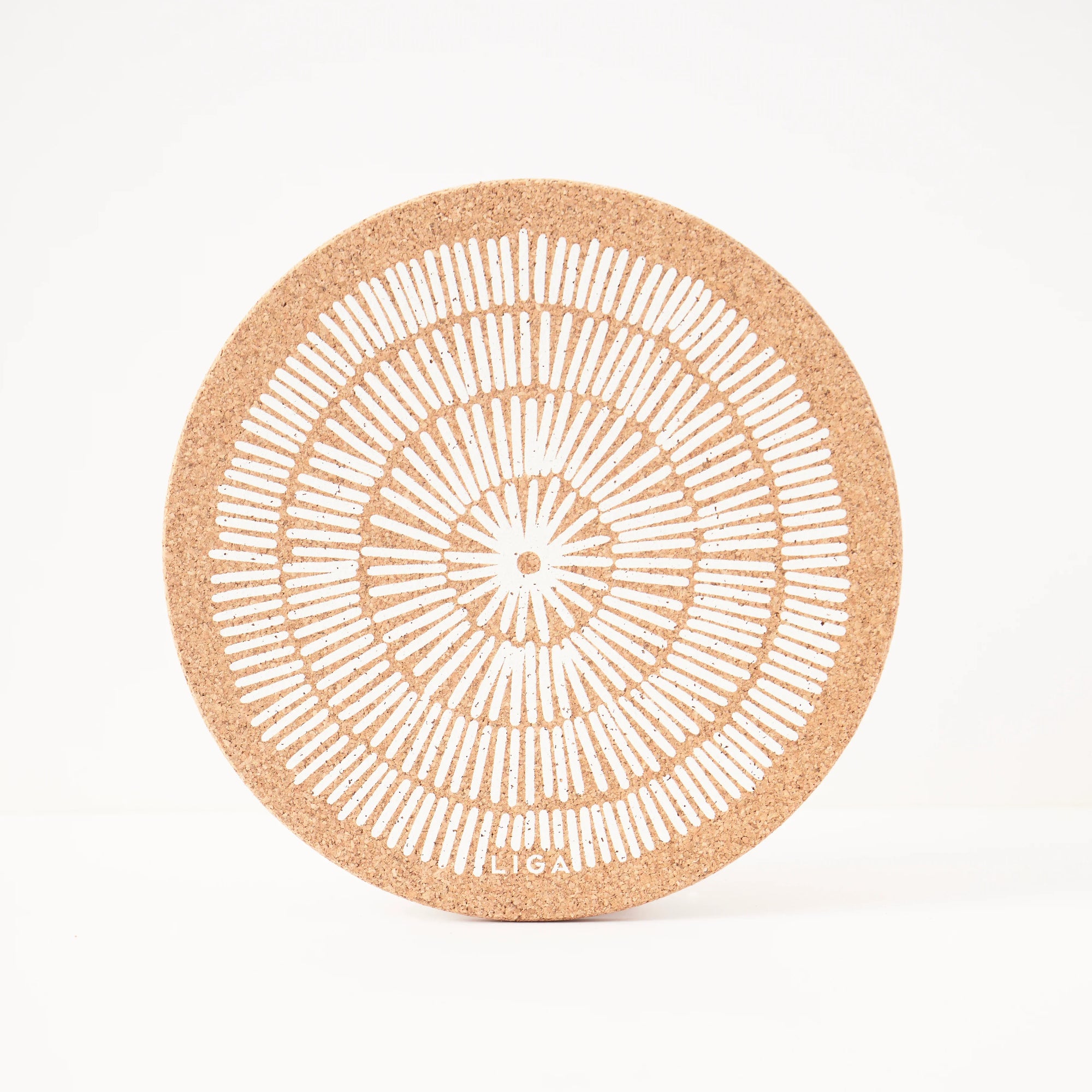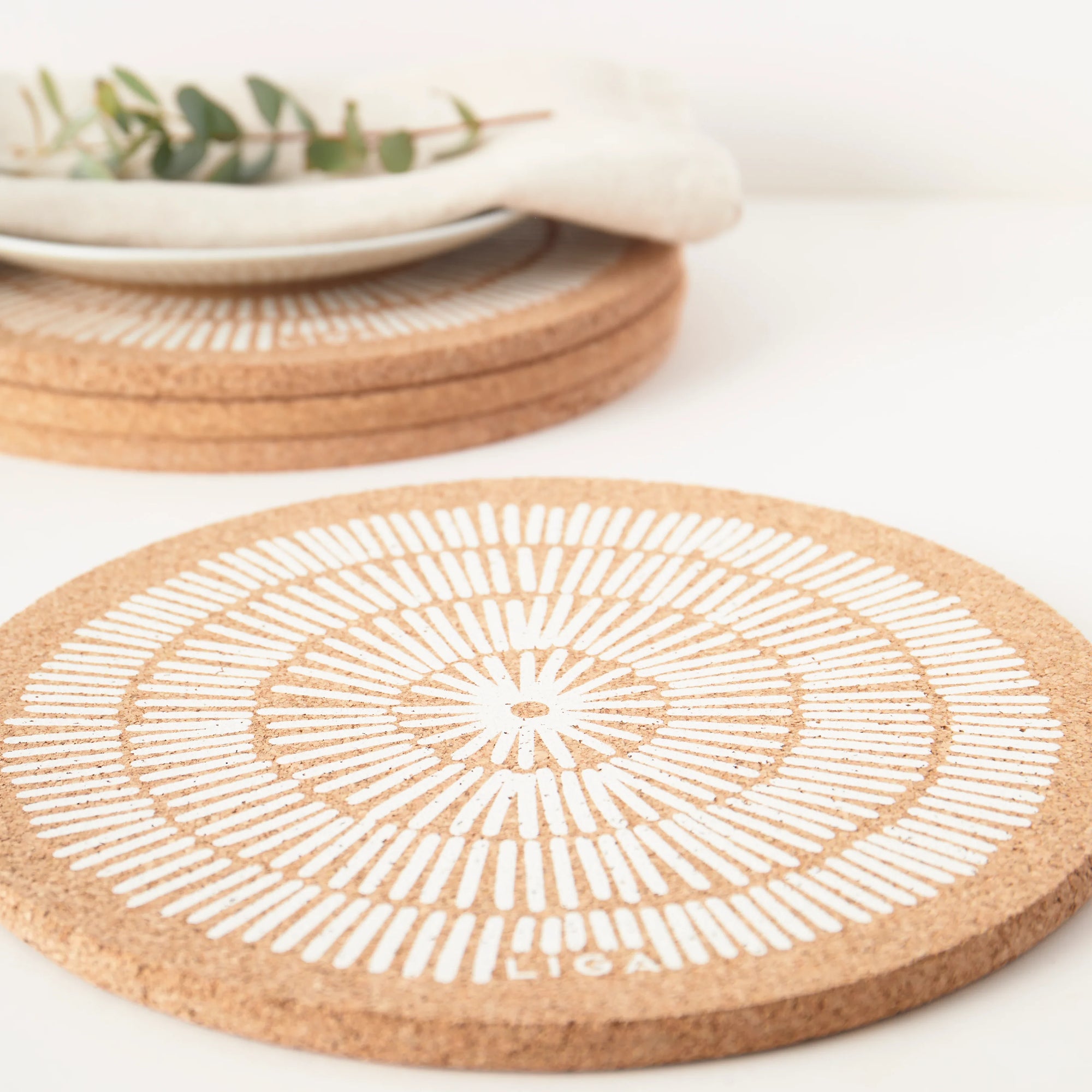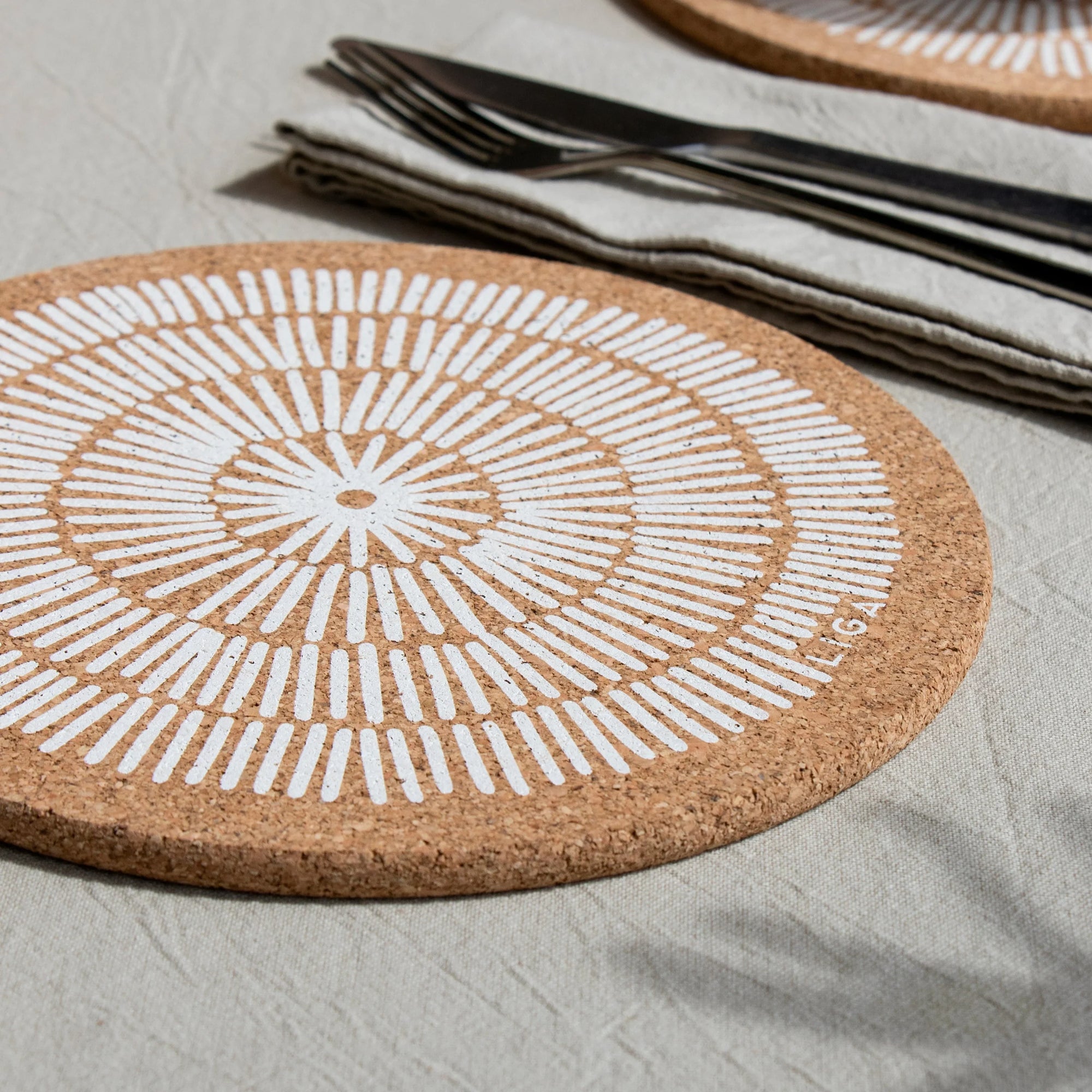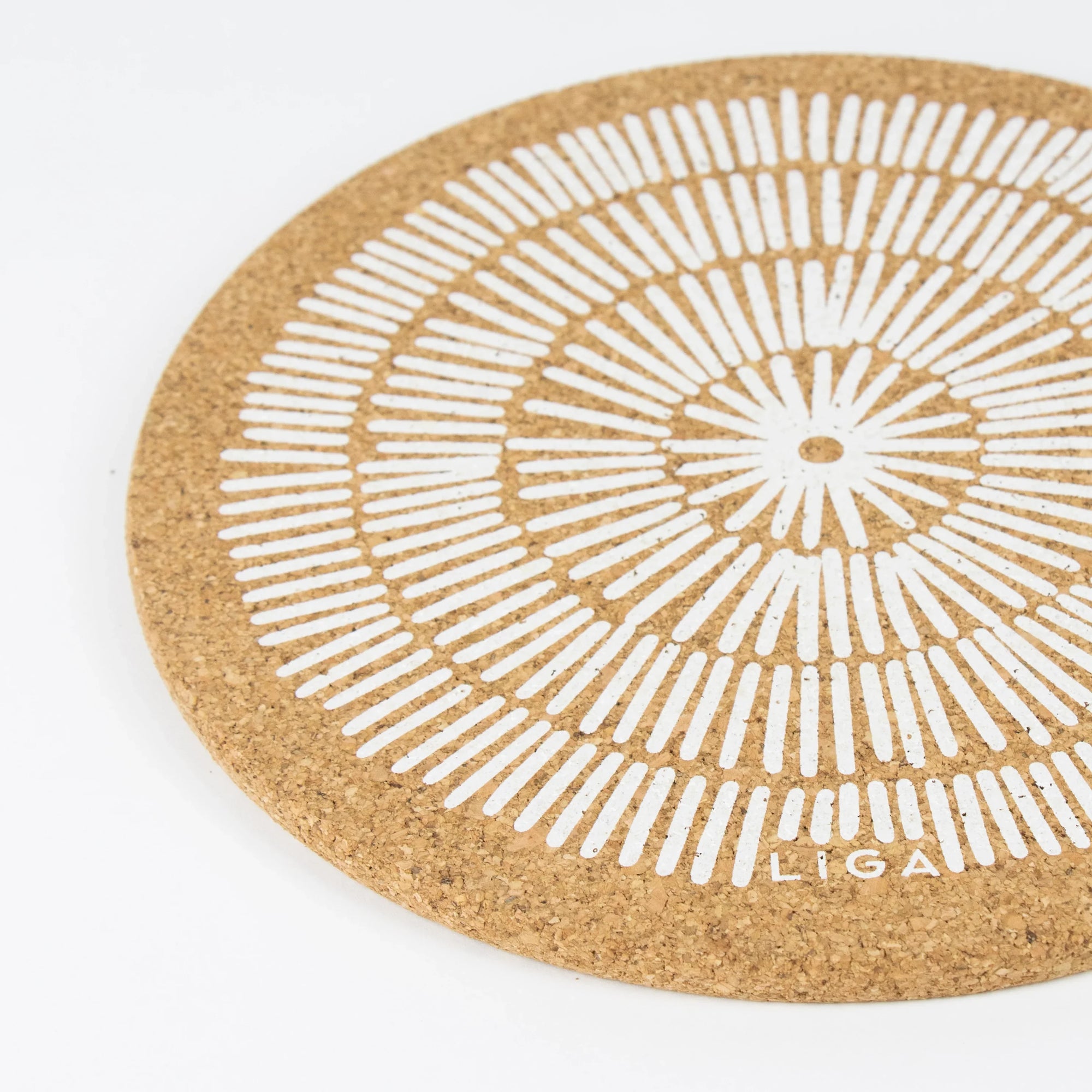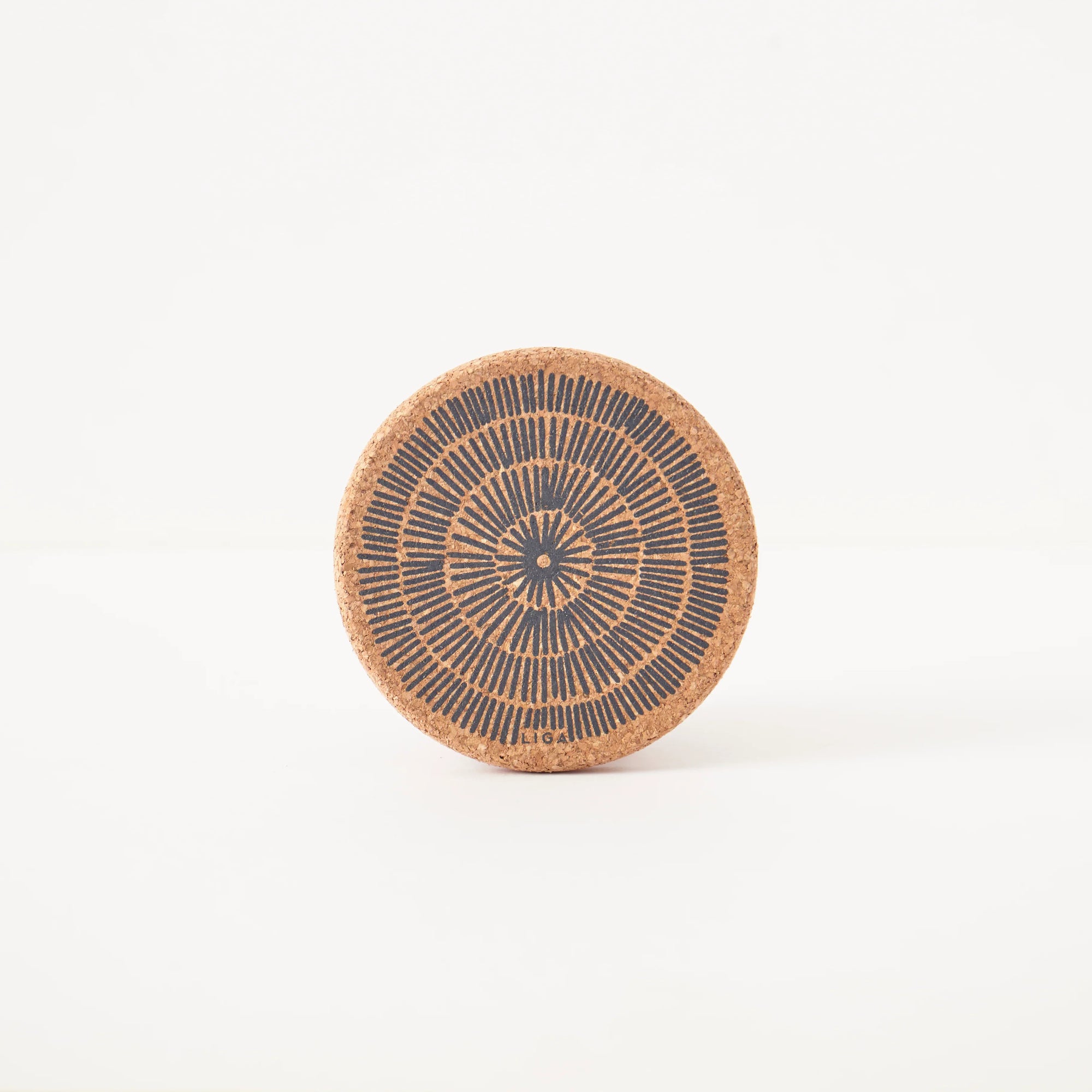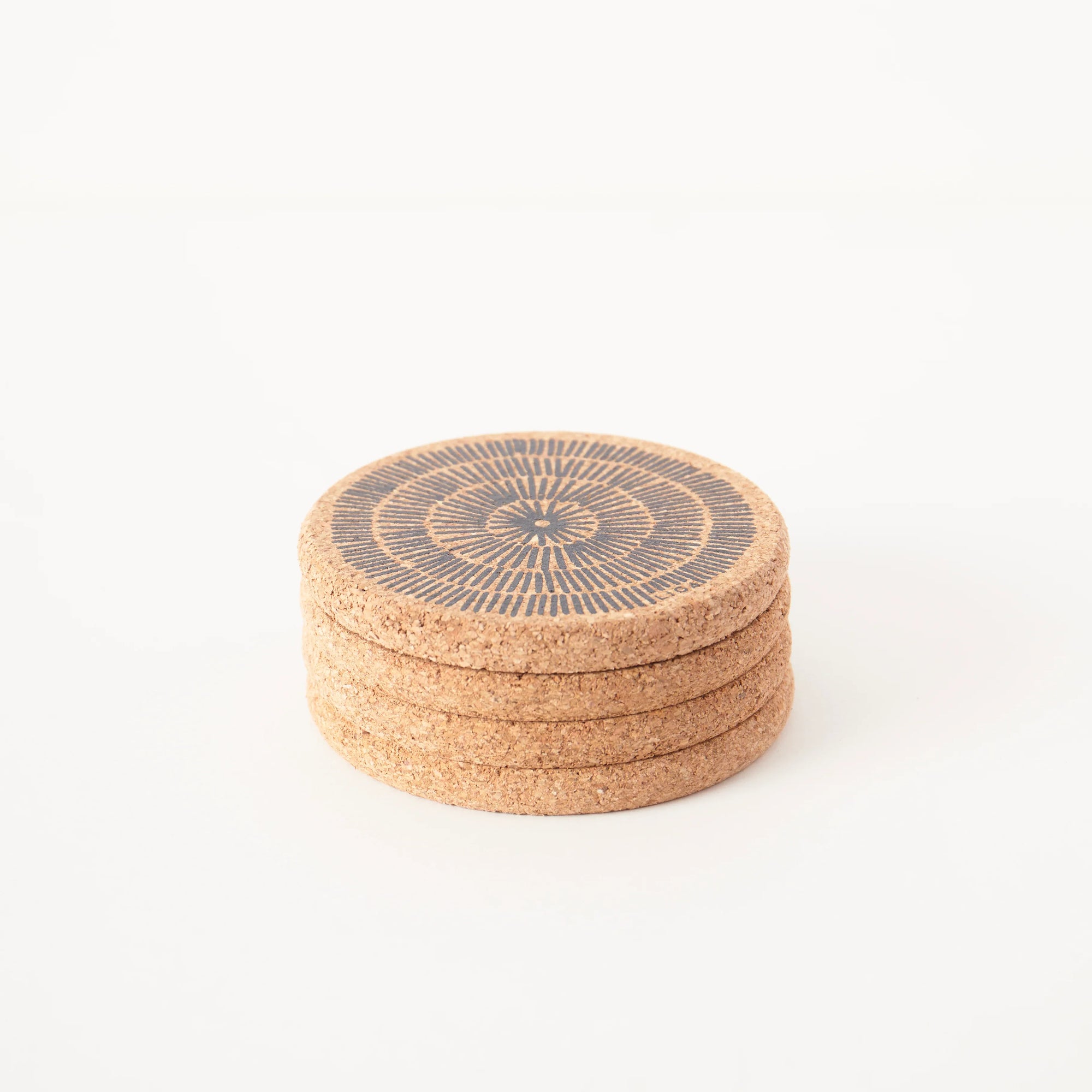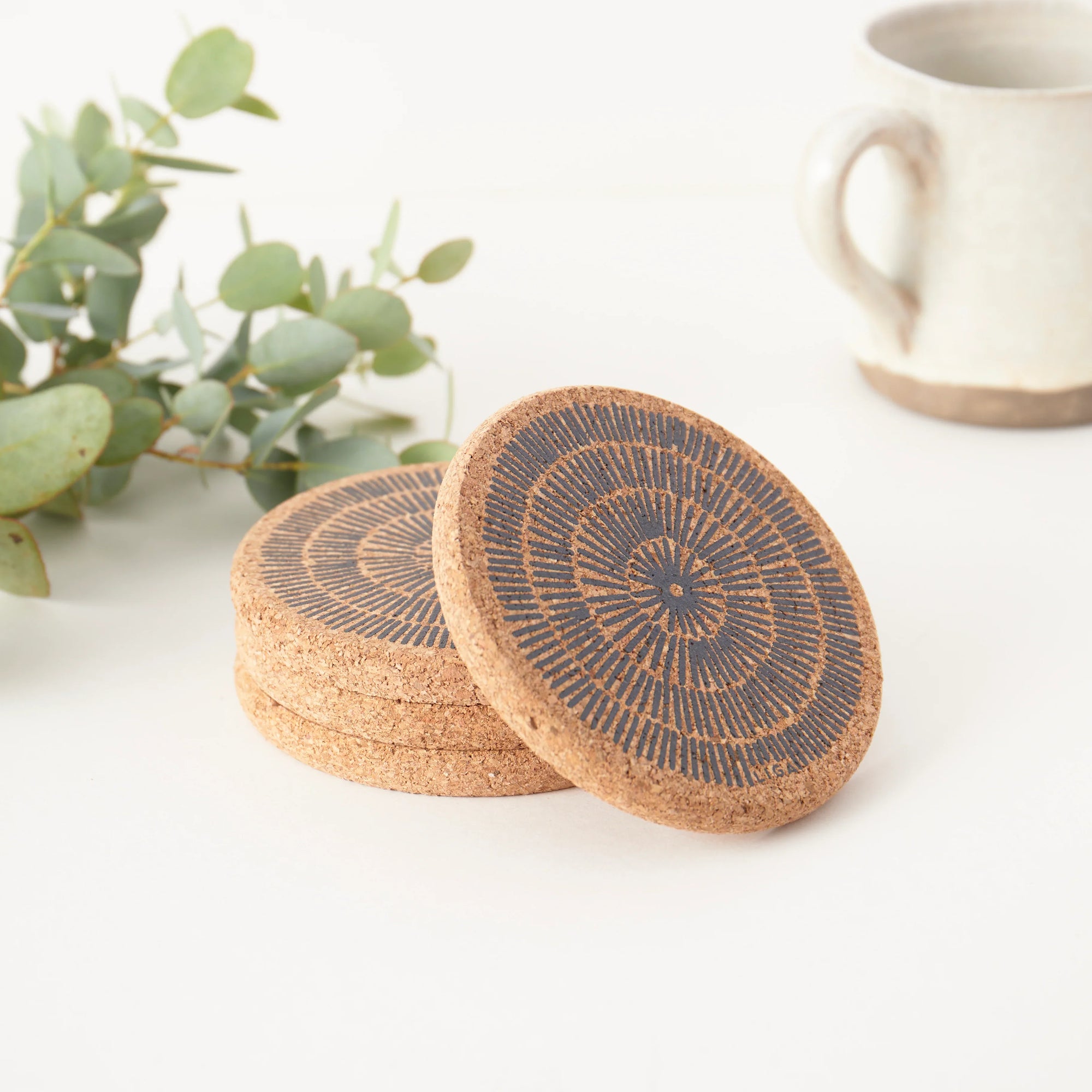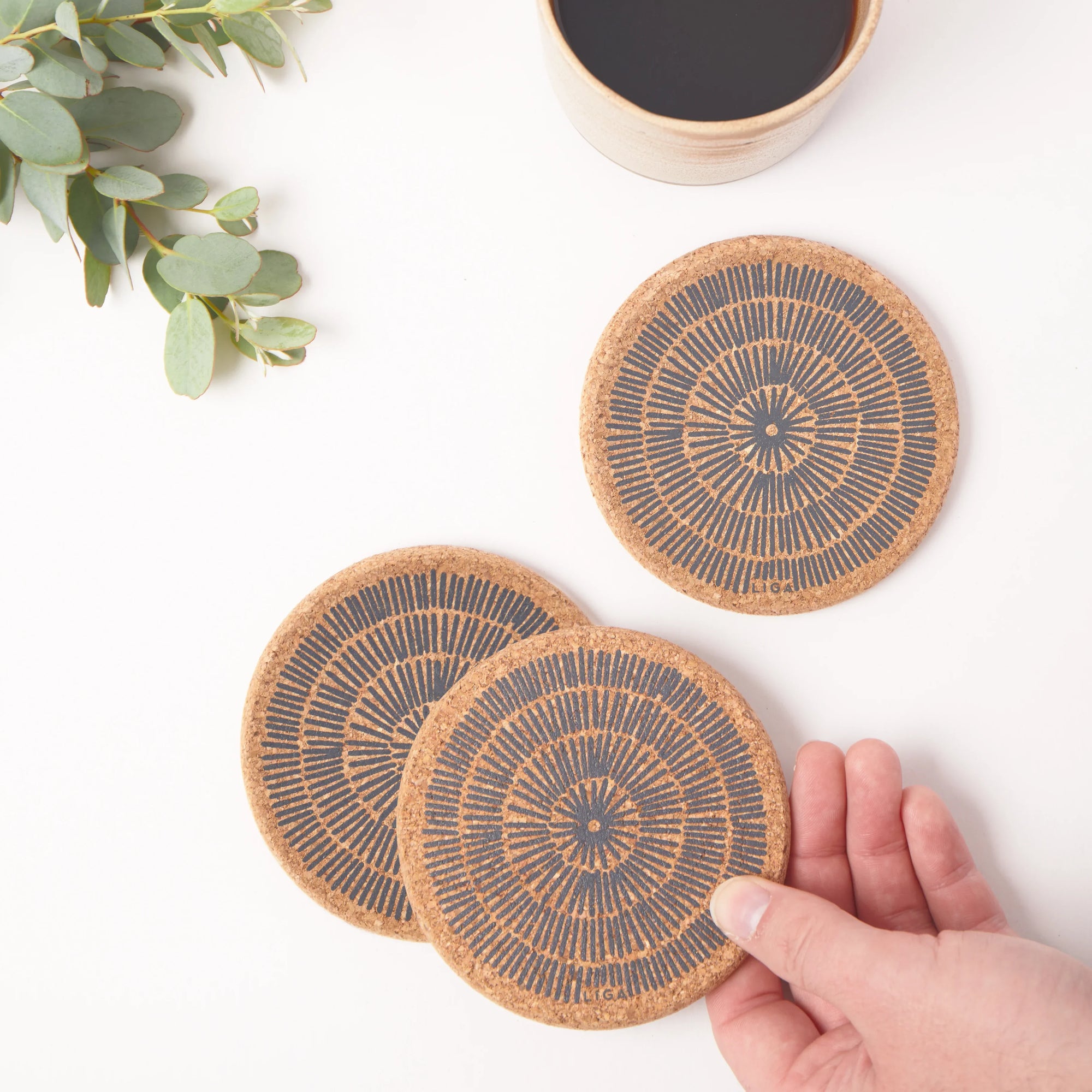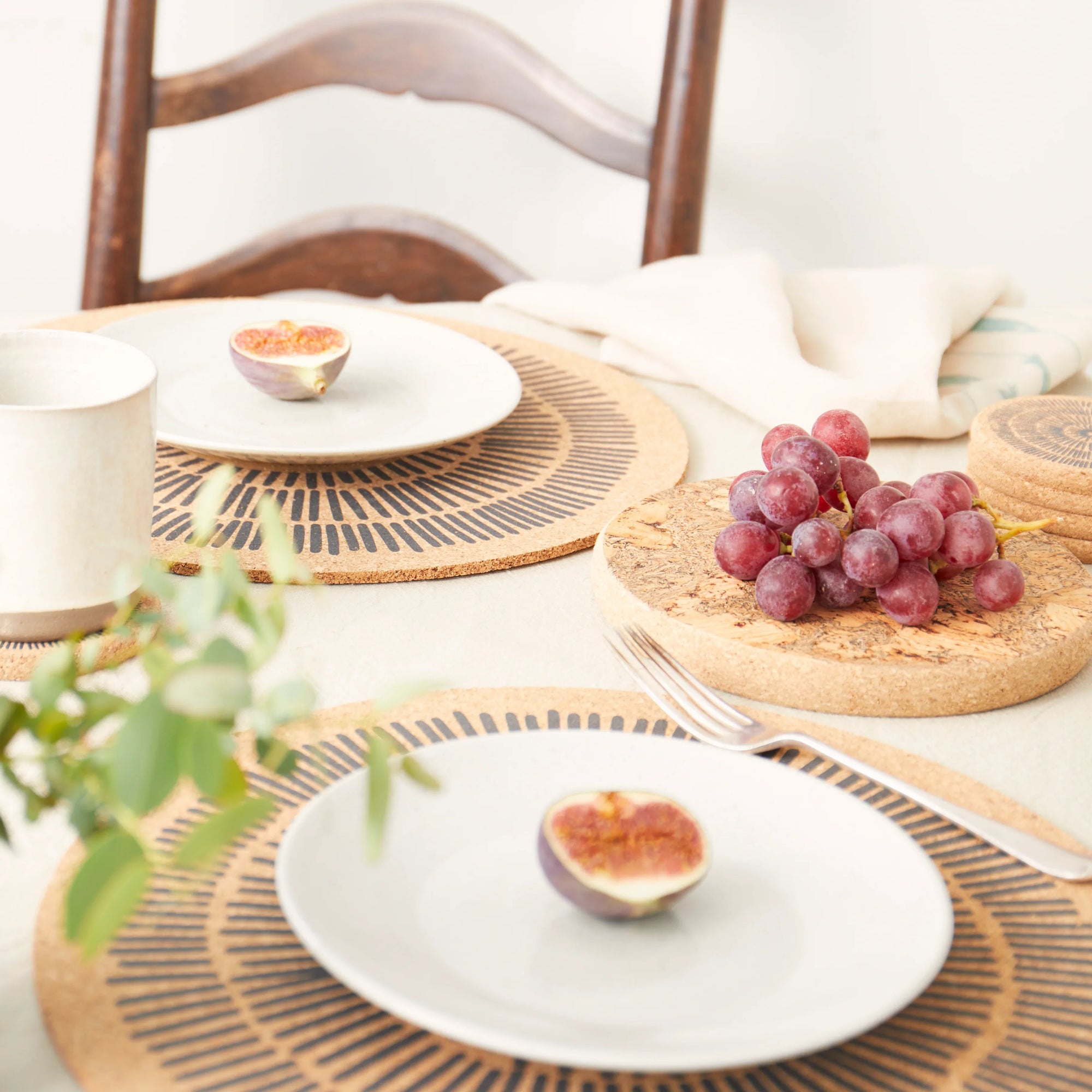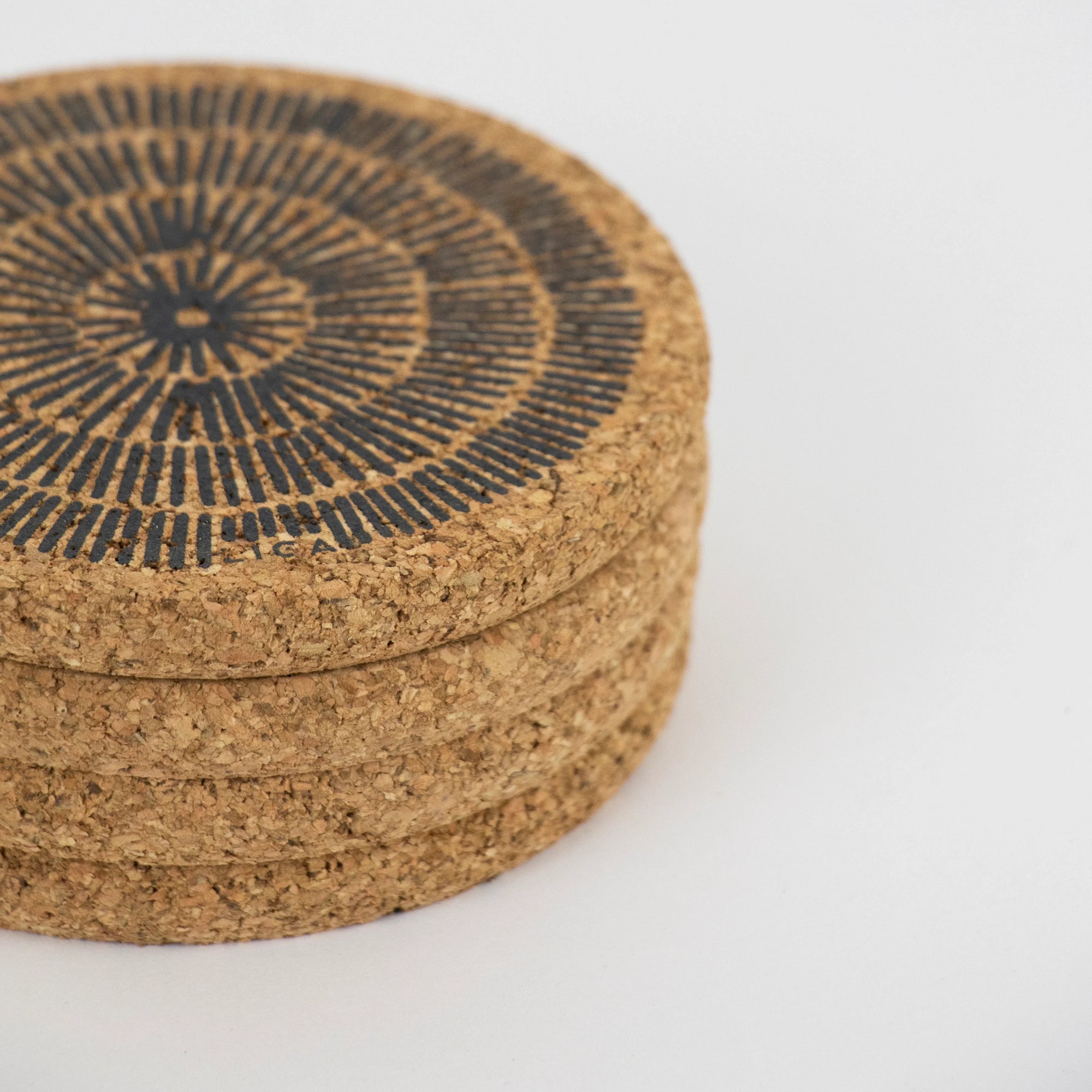Why cork?
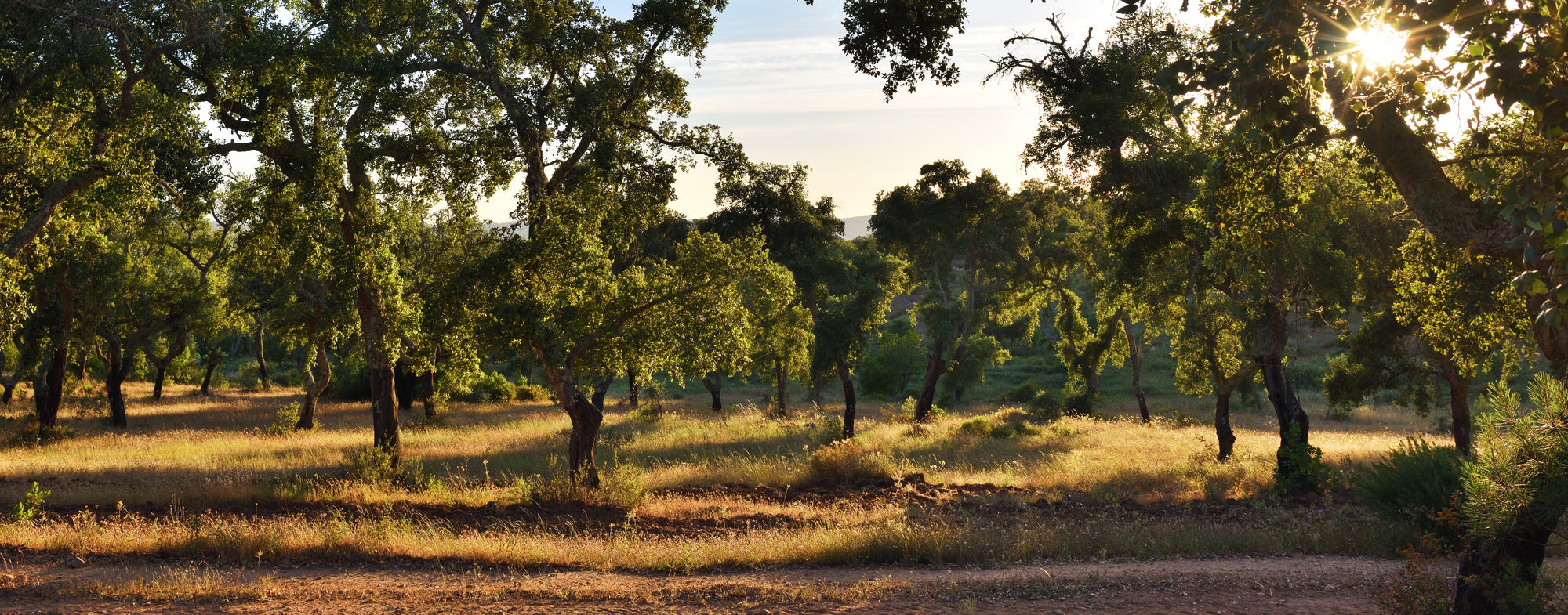
The natural cork harvest
Cork is incredible, the ultimate natural resource. It has so many amazing properties and is totally eco. It's grown and harvested naturally from cork oak trees in the Montado forests in Portugal and then harvested by hand every nine years without harming the tree.
These forests act as a green lung for the planet. The cellular structure of cork is even similar to the alveoli structure of human lungs.
Cork is a living, breathing material. Cork oak forests absorb a huge 32 million tons of CO2 each year. The oak trees in Portugal alone help offset 10 million tons of carbon every year.
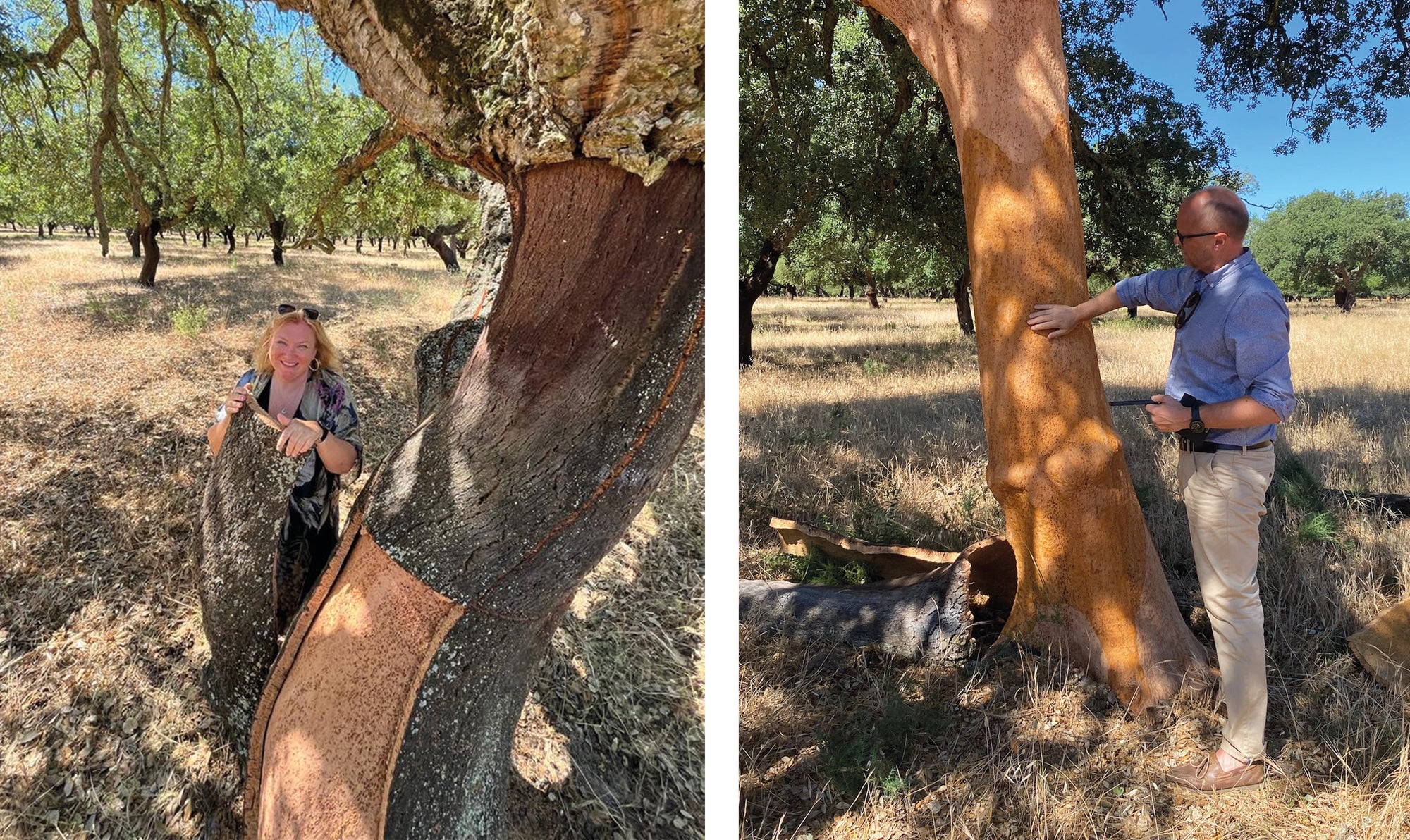
Cork homewares
We use organic cork for a lot of our eco friendly homewares however our first cork products were our signature cork placemats and coasters. These are still considered a firm favourite of ours and with unique designs inspired by nature, they look great in any style of home.
signature cork mats
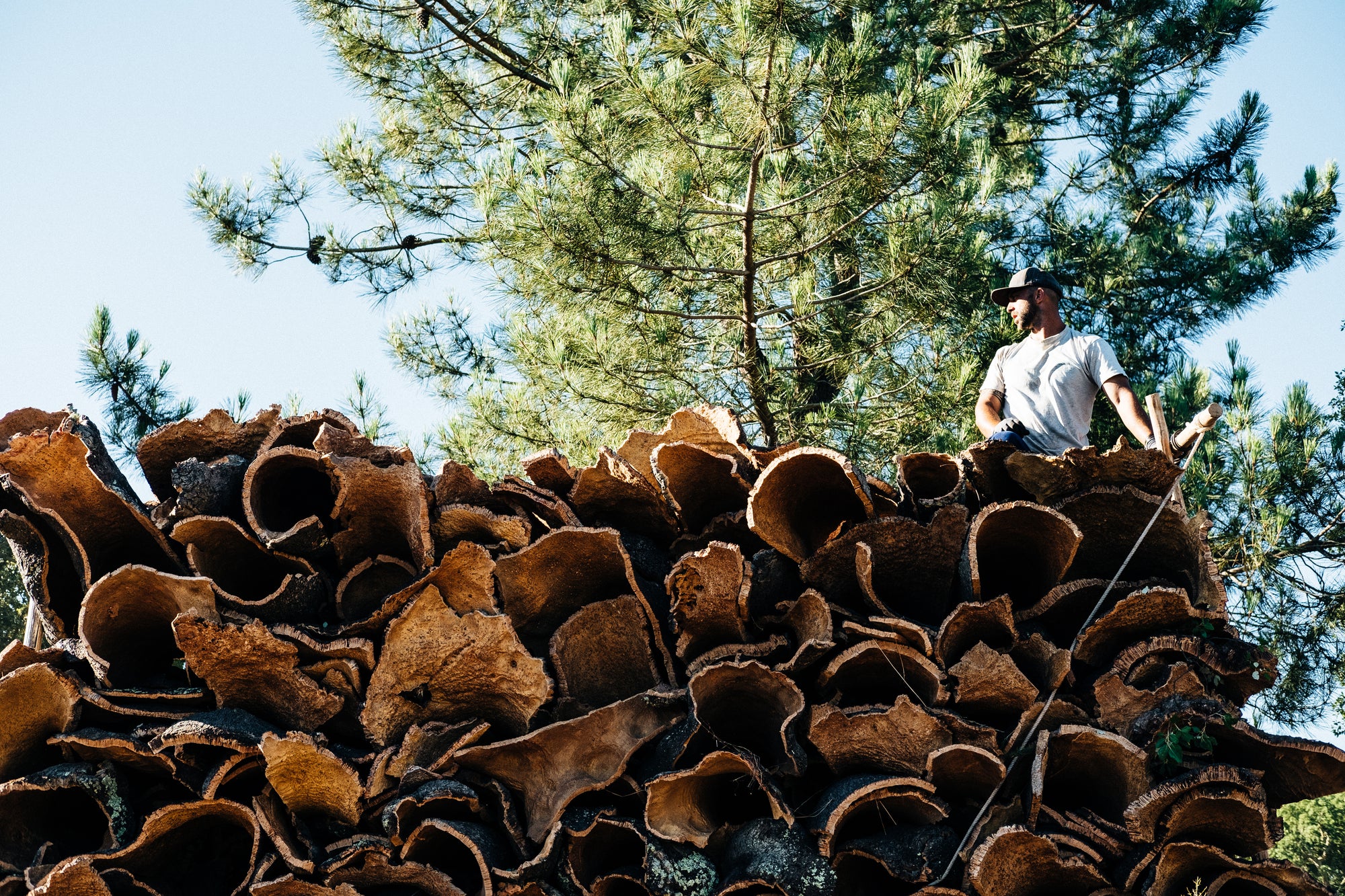
The properties of cork
Apart from looking a feeling lovely, eco cork has excellent elasticity, compressibility and resilience as well as thermal insulation.
Some of its other key properties are:
- Heat resistant
- Easy to clean.
- Soft to touch
- Lightweight and hypoallergenic
It’s a perfect raw material that no industrial or technological processes have yet been able to replicate.
The lifecycle of the cork tree
The Cork Tree is the only Oak species whose bark regenerates itself after each harvest.
The first ’stripping’ of cork happens when the tree reaches 25 years. This is called virgin cork and is too hard to make wine stoppers, but great for other products. At 34 years the cork oak is seen to be a young adult and ready for its second harvest. The cork from this harvest has a more regular structure and is softer than the first but still not right to become a wine stopper and is made into other products. At 43 years old the Cork Oak tree has reached maturity and is stripped again. This cork is known as Amadia and is perfect to make cork wine stoppers. The Cork Oak tree will live for 200 years in total and will be harvested every nine years thereafter.
Common questions about cork
All of our cork is sourced from Portugal.
Cork has high eco credentials from its growth to the way it is harvested to the way it is made into products. The cork dust is used to make 60% of the energy needed to power the factory. Cork is harvested naturally by hand.
Cork harvesting is a natural process performed by highly skilled workers, by hand. The process has remained unchanged for centuries. it does not hurt the tree and the bark grows back ready to be harvested again in nine years.
They grow mostly in the Mediterranean. In Portugal they grow in forests called Montado which are hom to many endangered species such as the Imperial Eagle and the Iberian Lynx.
